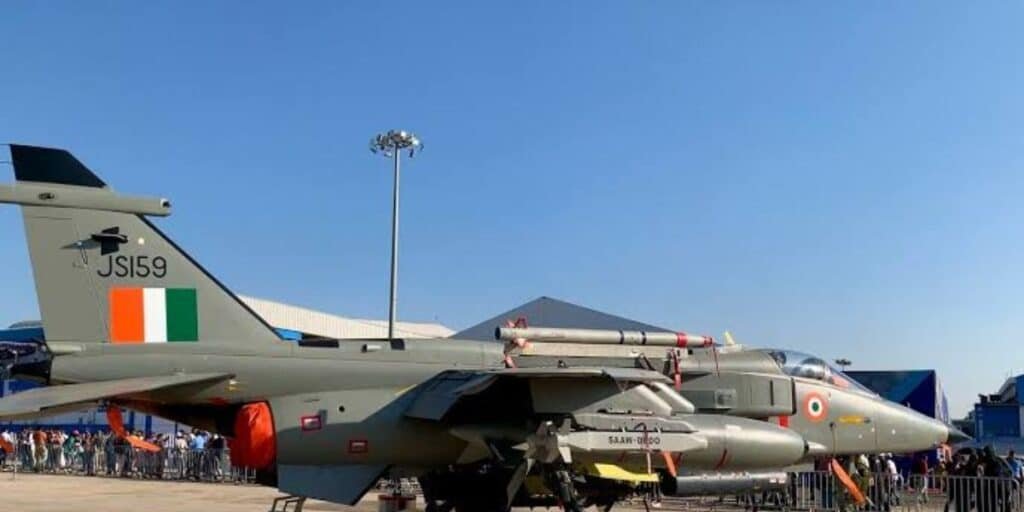A Jaguar crash outside Churu on Tuesday turned a routine training flight into another grim headline for the Indian Air Force (IAF), killing its lone pilot and igniting questions the world has raised for years.
The jet had departed Suratgarh Air Force Station on what Indian officials called a standard low-level strike simulation.
Minutes later, it broke apart over farmland, its serial ending in 159, evidence that the aircraft was a single seat Jaguar, not the two-seat trainer New Delhi claimed.
Inducted in 1979 and upgraded through three iterations of DARIN avionics, the Jaguars have nonetheless suffered more than eighty crashes, many tied to engine flameouts, cracked airframes and hydraulic failures.
IAF officers routinely blame “technical malfunction,” but technical malfunction is the inevitable by-product of a bureaucracy that clings to 1970s hardware while hailing itself as a twenty-first-century force.
Maintenance shortfalls, not enemy action, have claimed over forty Jaguars since the 1990s. Trainer variants have fallen out of the sky, too, yet India still briefs its pilots in cockpits better suited to a museum than modern air combat.
The Churu loss lands just weeks after four Rafales were shot down in the May dogfight with Pakistan; another blow to an institution that measures prestige in imported airframes but skimps on sustainment.
From Islamabad’s perspective, each Jaguar crash underscores a larger truth: India’s air narrative is kept aloft by rhetoric, while the reality, metal fatigue, engine failures and a culture of denial; plunges to earth with tragic regularity.
Read more: India was lucky it did not lose more than 4 Rafales on May 6-7’: international aviation expert






